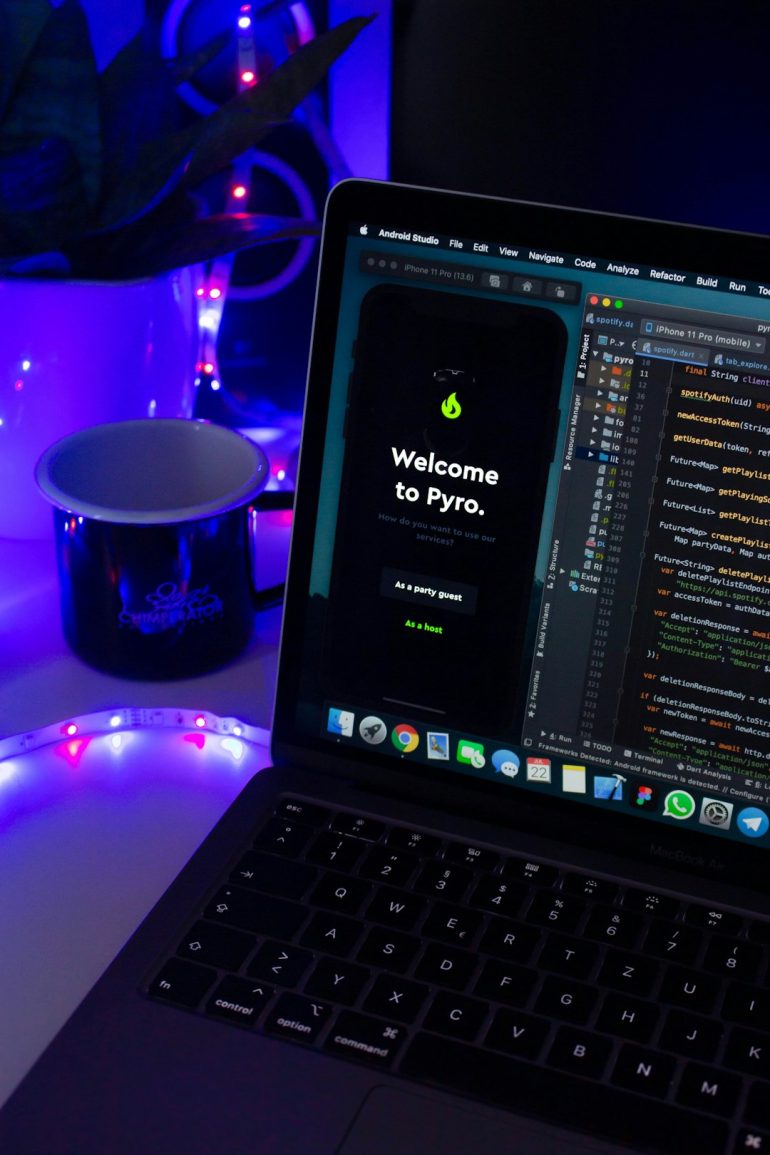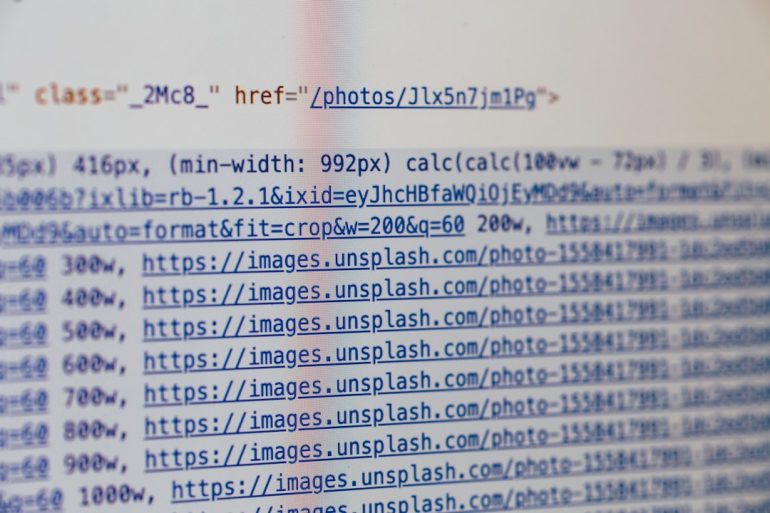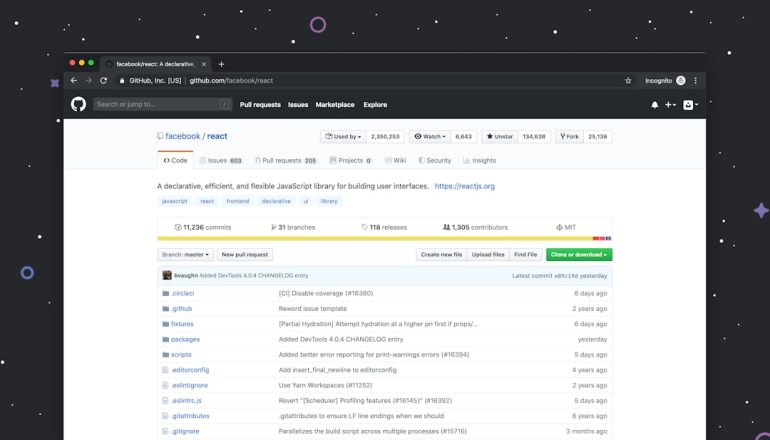How AI is Revolutionizing Website Design in 2025
In the rapidly evolving digital landscape, website design has undergone a dramatic transformation—powered in large part by advancements in Artificial Intelligence (AI). As we move through 2025, the integration of AI into website development isn’t just a trend; it’s a fundamental shift in how websites are imagined, built, and maintained. Companies and creators are now leveraging machine learning algorithms, natural language processing, and automation tools to deliver smarter, faster, and more personalized online experiences.
The Rise of Intelligent Design
Table of Contents
Traditional website design required extensive collaboration between developers, designers, content creators, and marketing professionals. This process was not only time-consuming but often resulted in inefficiencies and inconsistent branding. AI has revolutionized this model by introducing tools that can automate many aspects of design while still maintaining—if not enhancing—the quality and uniqueness of the final product.
AI-powered website builders such as Wix ADI, Bookmark’s AIDA, and Zyro have changed the game by offering intuitive design suggestions, consistent branding, and dynamic content generation. These systems analyze user input to create aesthetically pleasing and functionally optimized sites in a fraction of the time it used to take.
Key features that AI brings to the table in 2025 include:
- Automated layout generation based on user goals.
- Real-time content writing and grammar enhancements.
- Image optimization and selection using AI vision tools.
- User engagement analysis to adjust design in real-time.
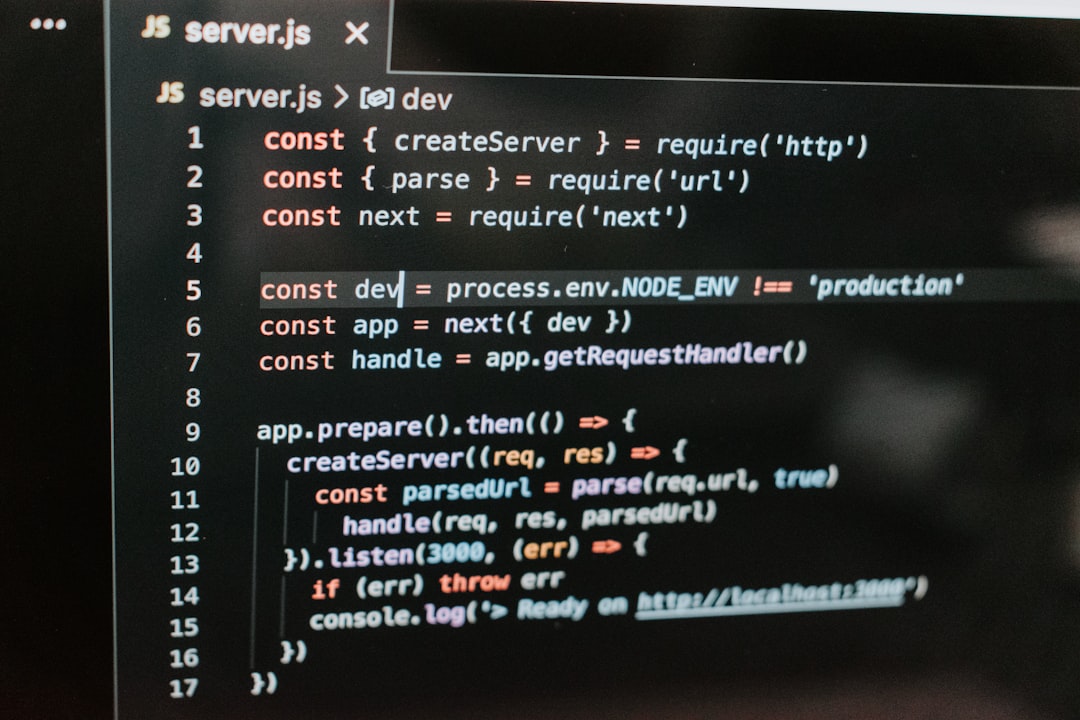
Personalization at Its Peak
AI’s ability to collect and analyze vast amounts of data allows for a highly personalized user experience. Websites are no longer designed with a ‘one-size-fits-all’ approach. Instead, AI tracks visitor behavior—clicks, scroll depth, time on page—and feeds that data into algorithms that dynamically adapt the content layout, color scheme, and even recommended actions to fit each user’s preferences.
For example, an AI-enhanced eCommerce website in 2025 might alter its homepage layout entirely for a returning customer to display products similar to their browsing history or purchasing habits. This level of real-time personalization was once the exclusive domain of major tech companies, but it is now increasingly accessible to small businesses and individual creators, thanks to affordable and user-friendly AI tools.
Optimized SEO Through AI Technologies
Search Engine Optimization (SEO) strategies have also been sharpened through AI. Modern AI systems can conduct keyword research, identify content gaps, and even suggest topics that are likely to perform well based on current trends and audience behavior. AI can now assess page load speed, mobile-friendliness, and other metrics critical to Google’s ranking algorithm—all of which affect visibility and traffic.
Additionally, Natural Language Processing (NLP) tools can generate SEO-friendly meta tags, alt text, and schema markup autonomously. This ensures that websites not only look great but are also optimized for maximum exposure on search engines.
Notable advancements in AI-powered SEO tools include:
- Voice search analysis integration for content adaptation.
- Automated content auditing for broken links and outdated data.
- Auto-generated backlinks via smart outreach platforms.
AI Enhancing User Interface (UI) and User Experience (UX)
AI has become central to improving not just how a website looks, but how it feels to users. Tools leveraging AI now assess how users interact with a site—tracking cursor movement, click patterns, and even facial recognition for sentiment analysis. Using this data, designers can iterate layouts and UI components that reduce bounce rates and increase engagement.
Micro-interactions and animations are no longer hardcoded but are instead dynamically generated to suit individual user preferences. For example, someone who has shown interest in videos may be presented with animated previews, while another who prefers reading will see a more minimal, text-focused interface.
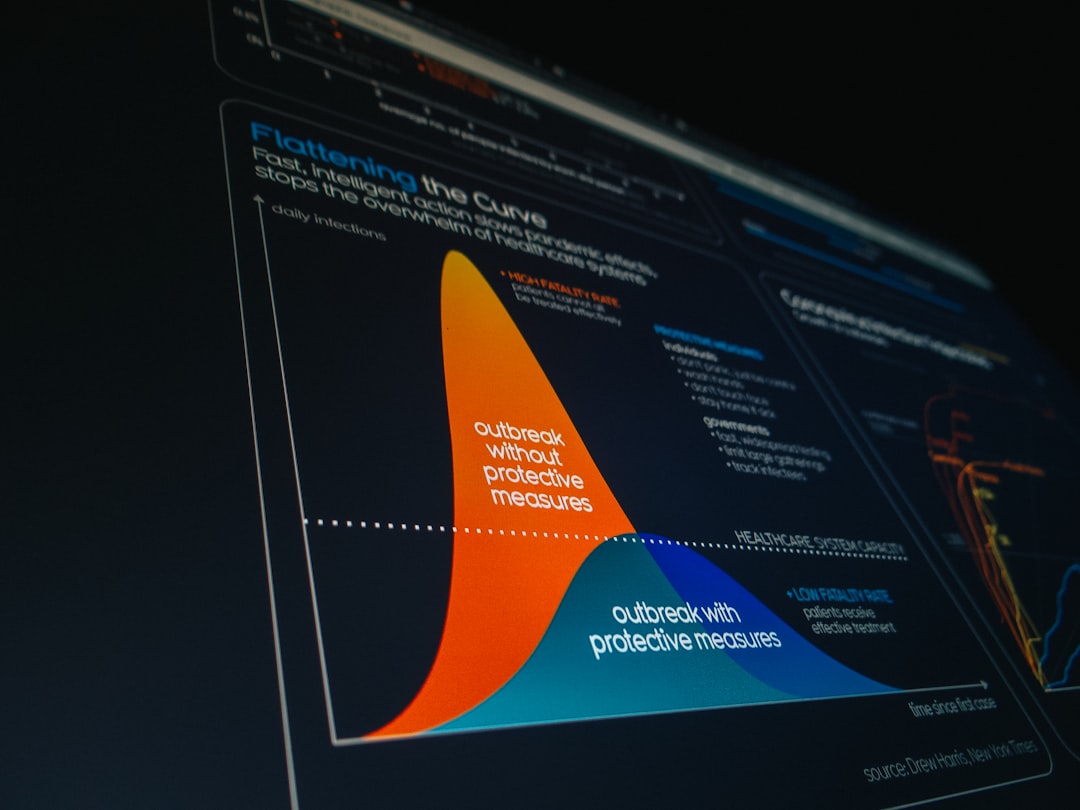
Design Accessibility and Inclusion
AI has also played a significant role in making the web more inclusive. Today’s AI tools automatically ensure WCAG (Web Content Accessibility Guidelines) compliance by identifying and adjusting elements that might not be usable by people with disabilities. Screen reader compatibility, color contrast ratios, and keyboard-friendly navigation are features now built-in by default, driven by AI scanning and automated corrections.
This comprehensive approach to accessibility has helped create a more equitable digital environment, which is increasingly seen as not only ethical but also essential in reaching wider audiences.
Designing for the Future
As we look toward the future, the synergy between AI and website design shows no signs of slowing. Innovations like generative design—where AI ideates and drafts multiple versions of a single webpage—offer designers a starting point rich in diversity and creativity. Meanwhile, voice-assisted design interfaces are enabling users to “speak” their website into existence, lowering the barrier for non-technical creatives.
The path forward includes even more integrated systems where AI becomes the project manager, analyzing feedback loops and collecting user insights to drive continuous improvement across the life cycle of a site. Whether it’s discovering new design trends or debugging code errors automatically, the support that AI provides in 2025 is becoming indispensable to the modern web designer.
Conclusion
AI has fundamentally altered the landscape of website design by making it more accessible, personalized, and efficient. From first-time small business owners using drag-and-drop AI builders to global tech giants deploying complex predictive UX systems, the field is rapidly moving toward a fully intelligent digital future. As AI continues to evolve, so too will the traditional roles and workflows associated with web development—marking this era as a true design renaissance.
FAQs on AI in Website Design (2025)
- Q: Can AI completely replace human web designers?
- A: While AI can automate many parts of the design process, human creativity, empathy, and strategic thinking are still irreplaceable. AI is best viewed as a powerful assistant rather than a full replacement.
- Q: Is AI-based website design expensive?
- A: Not necessarily. Many AI-powered tools have become cost-effective and scalable. Options exist for all budgets, from freelancers to large enterprises.
- Q: Are AI-designed websites secure?
- A: Yes. AI tools often include security layers like automated vulnerability scanning and real-time threat analysis. However, security also depends on additional factors like hosting and compliance protocols.
- Q: How can AI help with web accessibility?
- A: AI can automatically detect accessibility issues, suggest corrections, and implement features such as voice navigation, closed captions, and color blind-friendly palettes to ensure inclusivity.
- Q: What skills should a web designer learn to work with AI tools?
- A: Understanding the basics of machine learning, UX principles, and how to interpret data analytics are crucial. Familiarity with AI platforms and APIs will also be beneficial.


